
by hankinslawrenceimages | Aug 28, 2019 | Flowers, Uncategorized
One of the wonderful things about photographing at botanical gardens is seeing all the combinations of flowers that the gardeners plant near each other. There are always amazing combinations of colors, and textures to be found. Here are a few of the ones I’ve photographed recently.

In the Cutting Garden, Chanticleer Gardens © 2019 Patty Hankins
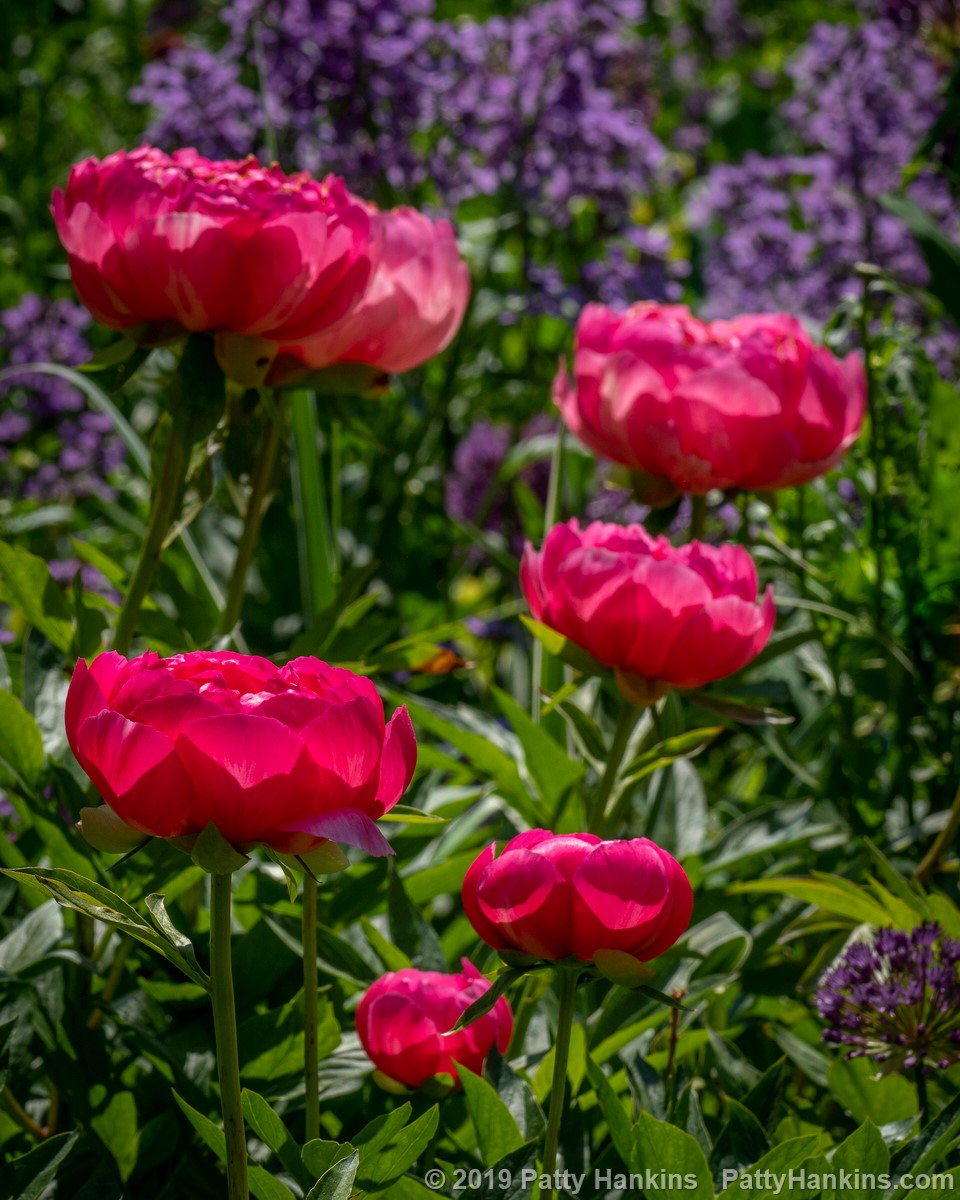
In the Cutting Garden, Chanticleer Gardens © 2019 Patty Hankins

In the Cutting Garden, Chanticleer Gardens © 2019 Patty Hankins
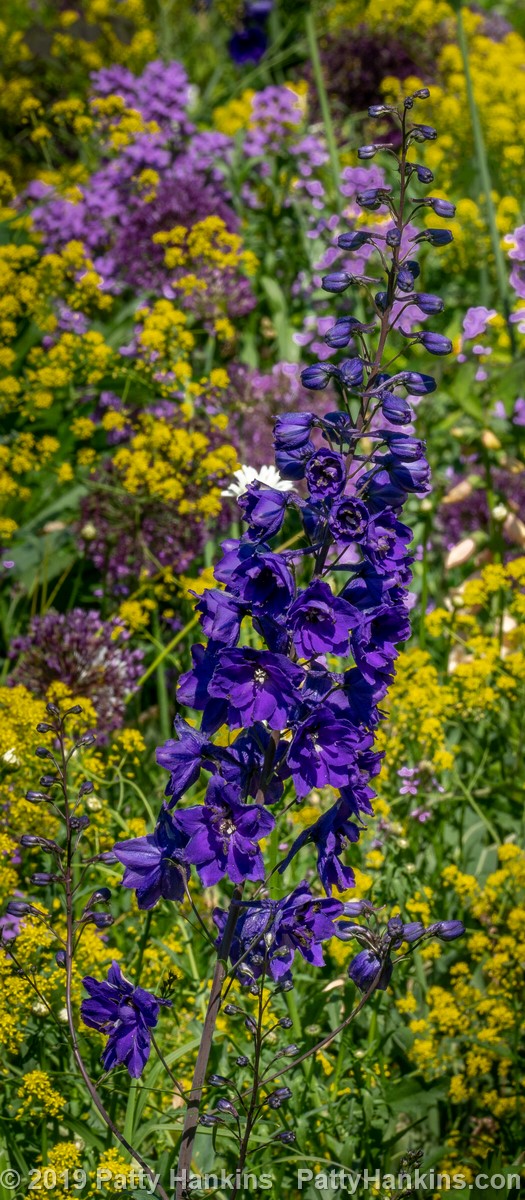
In the Cutting Garden, Chanticleer Gardens © 2019 Patty Hankins

Columbine & Allium at Chanticleer Garden © 2019 Patty Hankins

Dahlia & Gomphrena at Brookside Gardens © 2019 Patty Hankins
by hankinslawrenceimages | Aug 23, 2019 | Uncategorized
I love attending photography conferences! It’s a chance to spend a day or a weekend focusing on learning new skills. In July, I attended the New England Camera Club Council Conference in Amherst, Massachusetts. Not only did I get a chance to hear some excellent speakers and meet other photographers who share my passion for photography, I also got to check out all the latest gear in the Vendor Hall.
For those of us in the Middle Atlantic region, the Nature Visions Photo Expo is a wonderful opportunity to learn from a variety of speakers, see excellent photography, connect with other photographers and of course – check out the vendors and exhibitors.
 Nature Visions Photography Expo is an annual event that is held at the Hylton Performing Arts Center in Manassas, VA and is the premier photography expo in the Mid-Atlantic region. It is composed of a juried exhibit of nature photography, lectures and classes on all aspects of photography, vendors, a Friday all-day seminar and our Saturday keynote address. This year’s keynote speakers are Ralph Lee Hopkins, National Geographic and Lindblad Expeditions photographer, Amy Gulick, nature photographer, and Cole Thompson, black and white photographer.
Nature Visions Photography Expo is an annual event that is held at the Hylton Performing Arts Center in Manassas, VA and is the premier photography expo in the Mid-Atlantic region. It is composed of a juried exhibit of nature photography, lectures and classes on all aspects of photography, vendors, a Friday all-day seminar and our Saturday keynote address. This year’s keynote speakers are Ralph Lee Hopkins, National Geographic and Lindblad Expeditions photographer, Amy Gulick, nature photographer, and Cole Thompson, black and white photographer.
The conference will be held on November 1 – 3, 2019 in Manassas, Virginia.
I’m excited to share that this year I will be presenting at Nature Visions 2019!!!
On both Saturday and Sunday, I’ll be leading 2 hour Hands-On Flower Photography Workshops focusing on photographing flowers in the studio. Also on Saturday, I’ll be supervisiong three hour-long Orchid and Flower Photo Shoot session, where you’ll be able to photograph a variety of flowers in light boxes. Finally, on Sunday morning, I’ll be doing three portfolio reviews for photographers.
You can find more information about Nature Visions and the sessions I’ll be doing on their website at https://naturevisions.org/ (link to https://naturevisions.org/)
I hope to see you there!
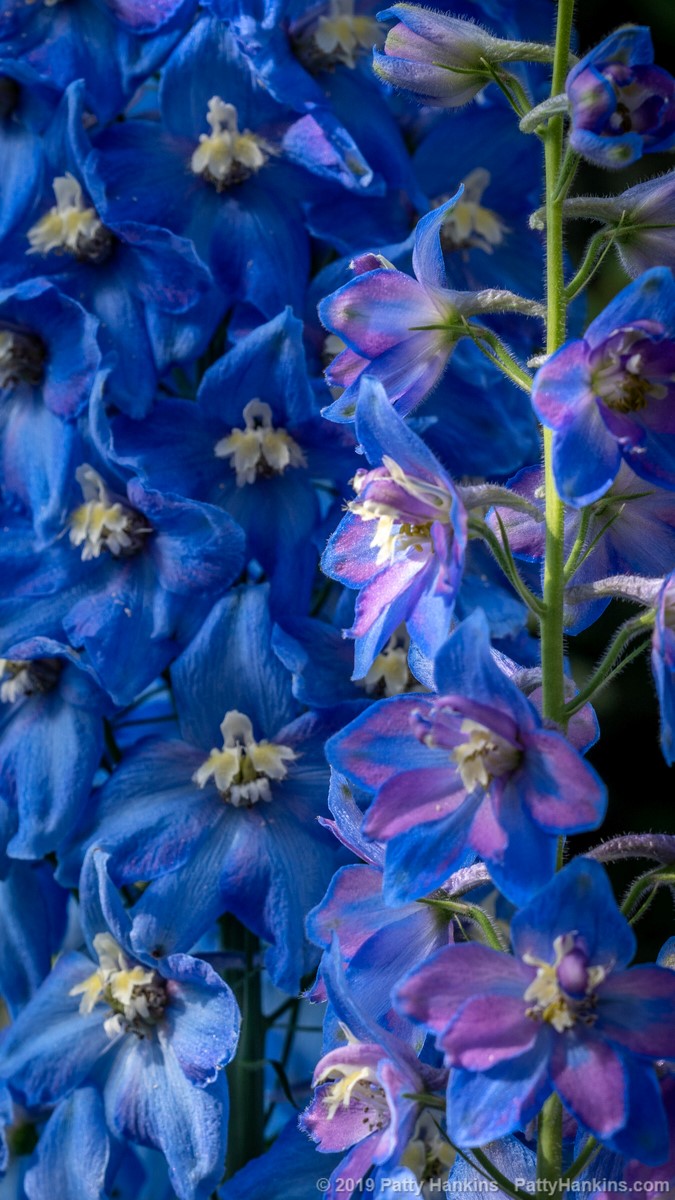
by hankinslawrenceimages | Aug 14, 2019 | Ranunculaceae Family, Uncategorized
The more I photograph flowers, the more I learn about them and the families they belong to. The Ranunculus or buttercup family is one that I’ve discovered I like an awful lot of flowers that are members of the family! So often I photograph a flower at a garden and then come home to learn that it too is a member of the Ranculus family. Here are a few photos of flowers in this wonderful family.
Blue Jay Delphinium – Longwood Gardens
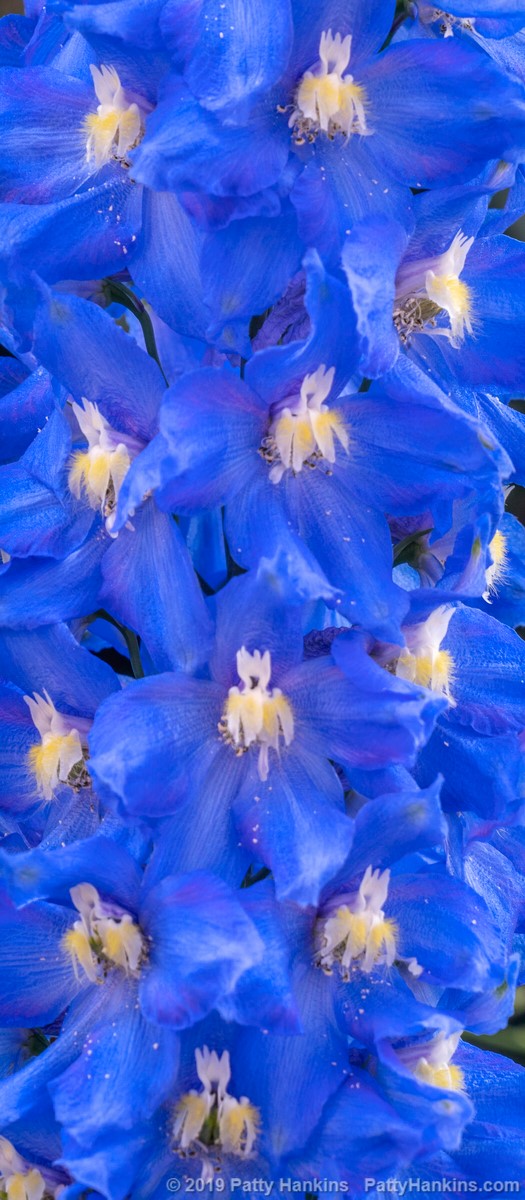
Blue Jay Delphinium © 2019 Patty Hankins
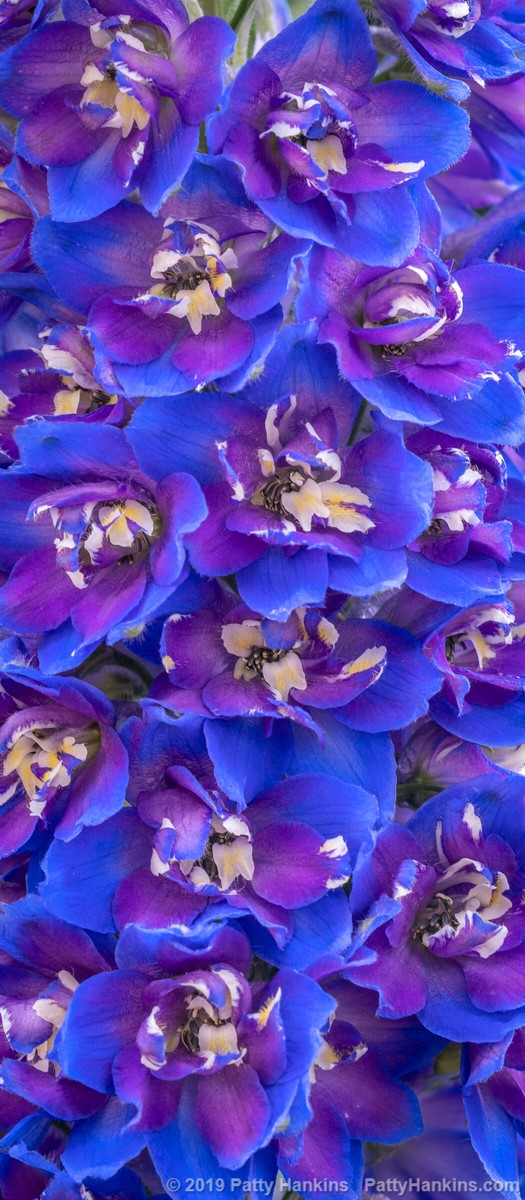
Blue Jay Delphinium © 2019 Patty Hankins
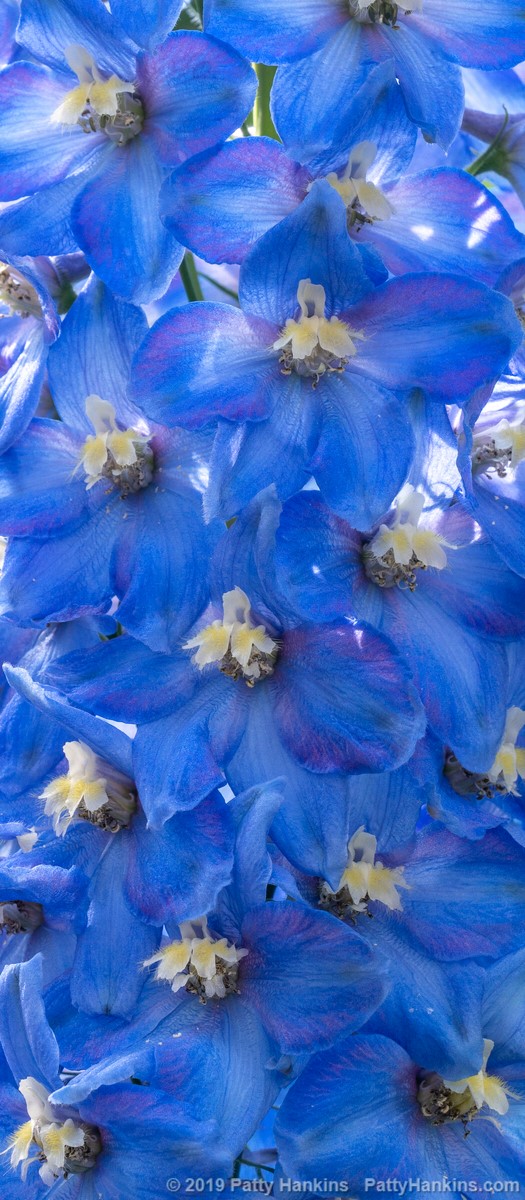
Blue Jay Delphinium © 2019 Patty Hankins

Blue Jay Delphinium © 2019 Patty Hankins
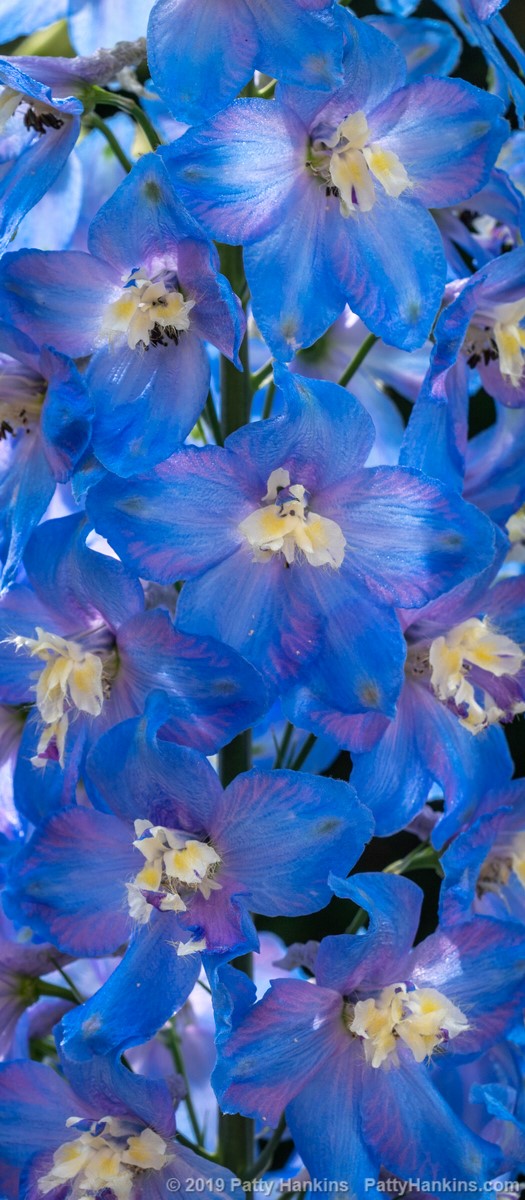
Blue Jay Delphinium © 2019 Patty Hankins
Salmon Cloni Ranunculus photographed in my studio – 7 images stacked in Photoshop
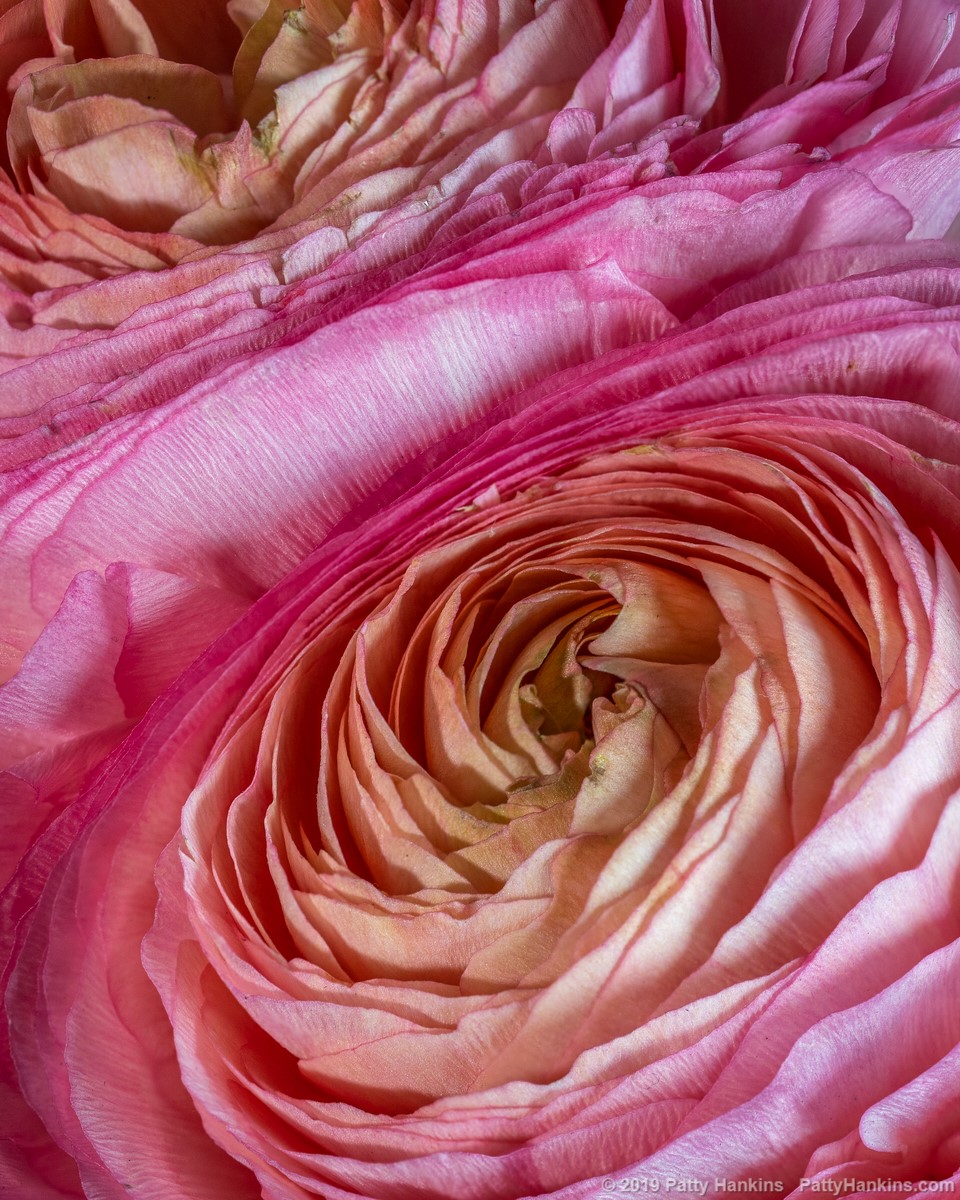
Salmon Cloni Ranuculus © 2019 Patty Hankins
Lenten Roses at Brookside Gardens
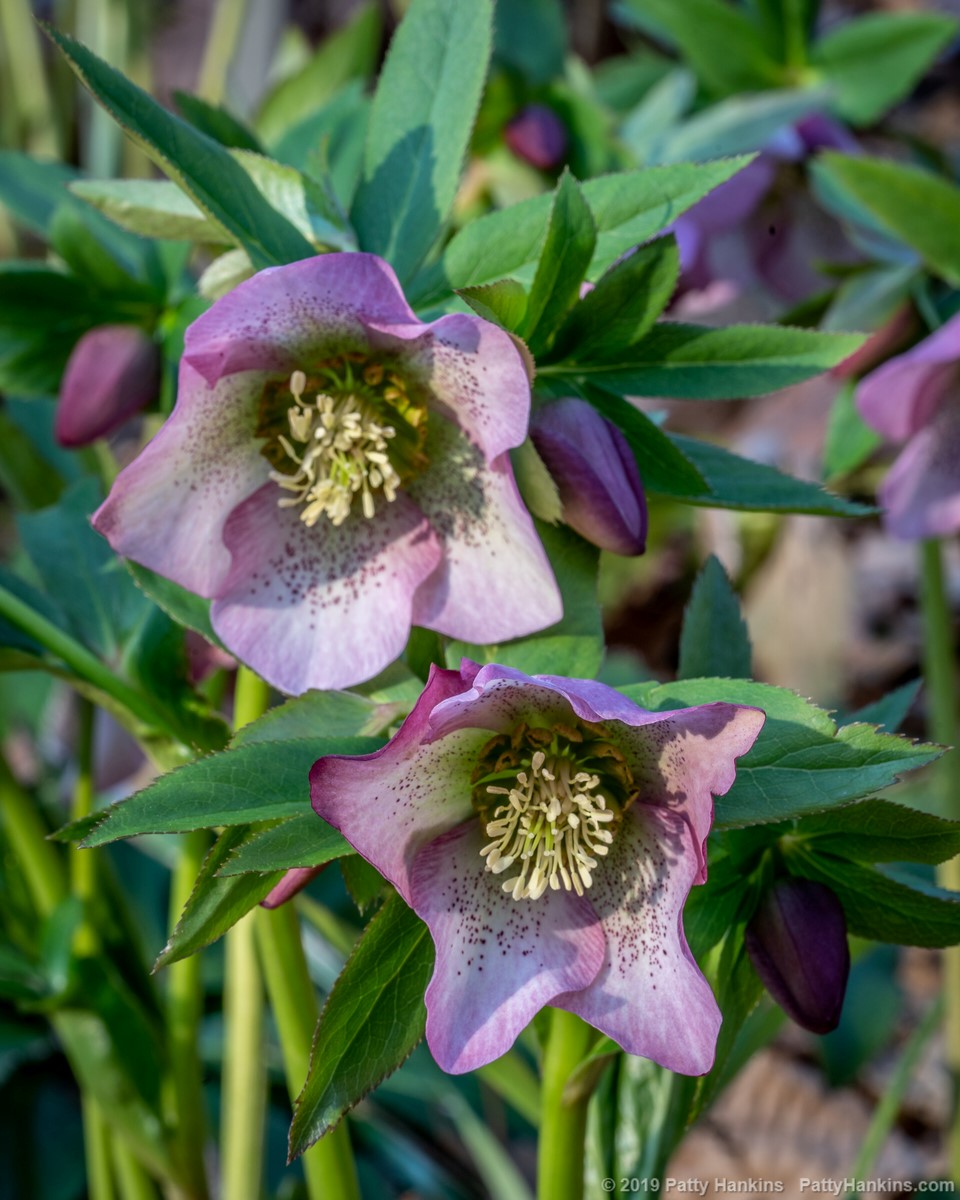
Lenten Roses © 2019 Patty Hankins
Columbine at Longwood Gardens
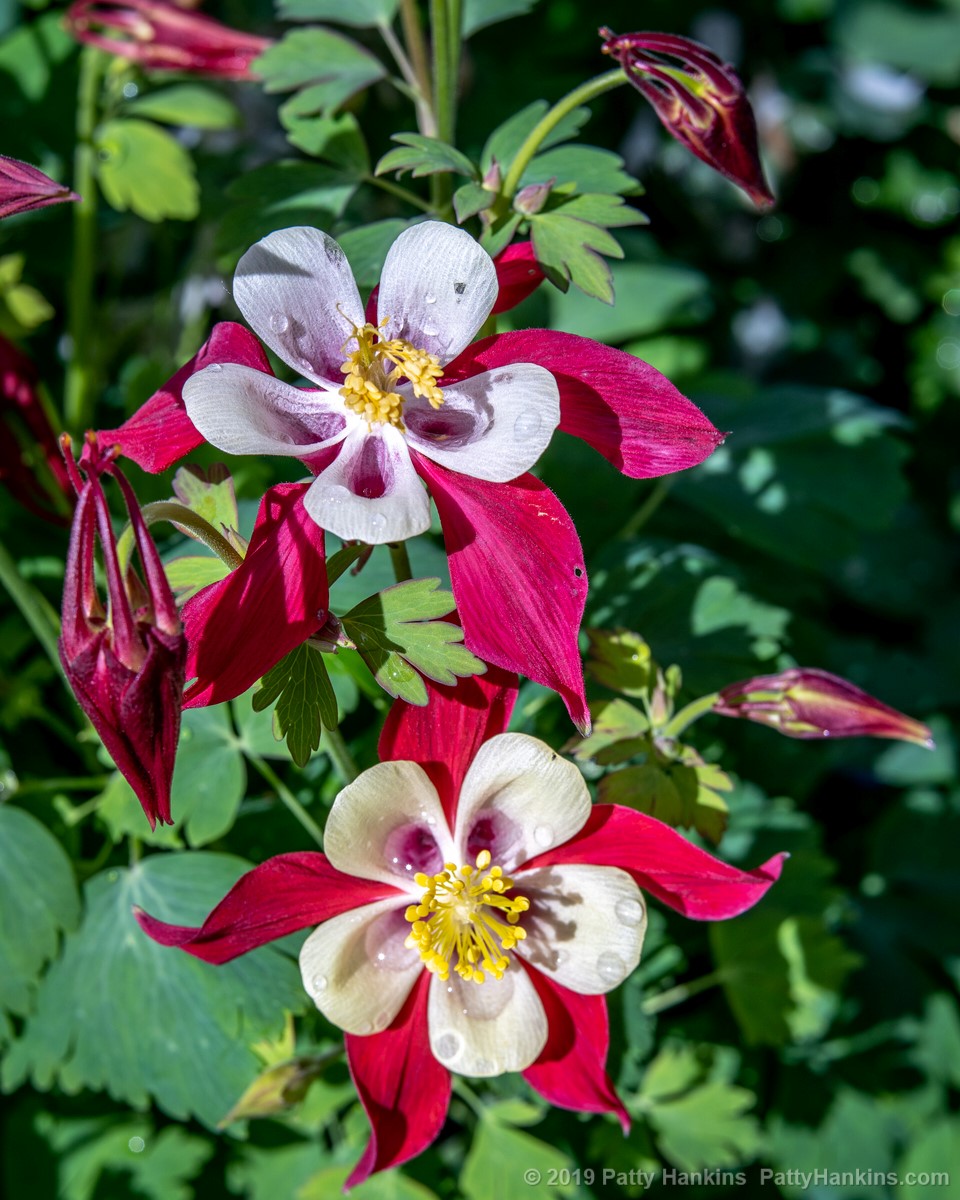
Red & White Columbine © 2019 Patty Hankins
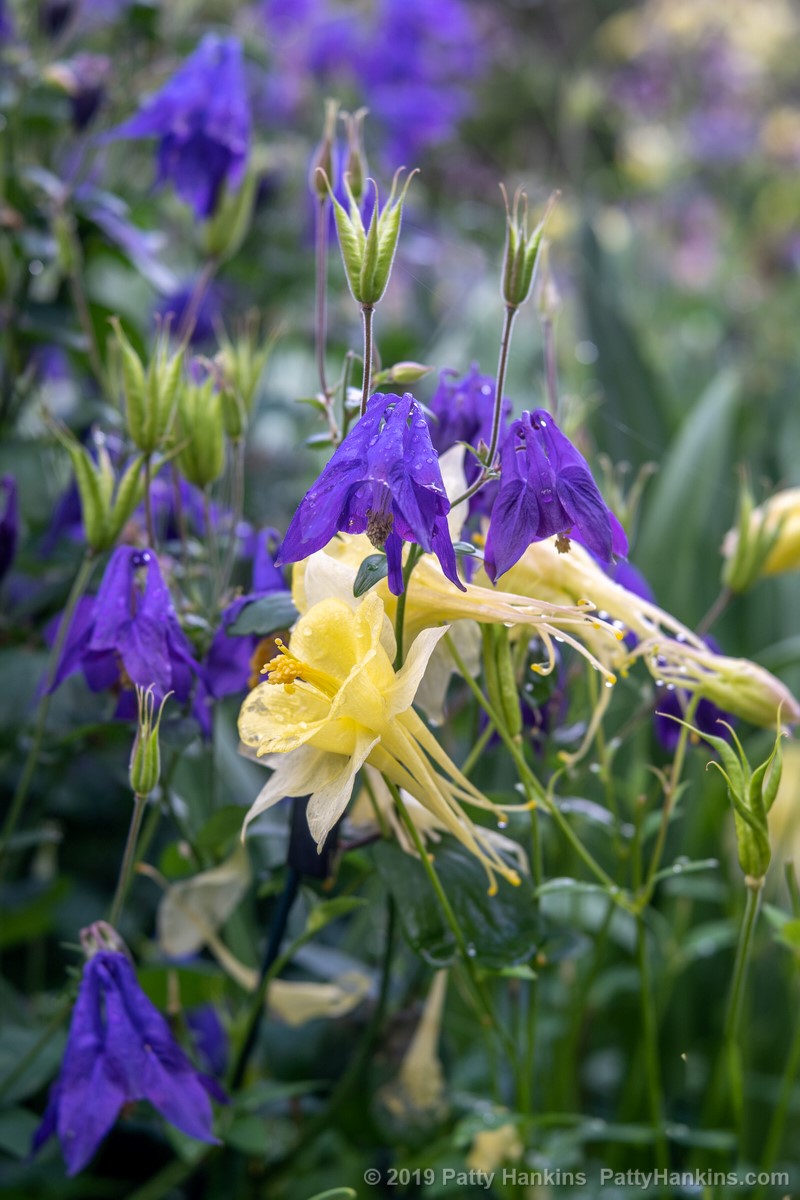
Purple and Yellow Columbine © 2019 Patty Hankins

by hankinslawrenceimages | Jul 26, 2019 | Uncategorized
Not long ago, I shared how I edited some of my photos using both Lightroom and Photoshop. A few people asked me if I could share how I would edit a photo just using Lightroom since they aren’t comfortable using Photoshop. So I thought I’d share how I edited a photograph I took of a Plum Sunflower in my studio only using the tools in Lightroom’s Develop Module.
When I took the photo, I wanted the sunflower to really stand out from the background and have the feel of a warm sunny day. The photo was taken using my Sony A7III camera with my Canon 100mm macro lens and just the modeling lights from my strobes as a continuous light source. My ISO set at 100, aperture at 11 and a shutter speed of 2.5 seconds.
Here’s my initial capture
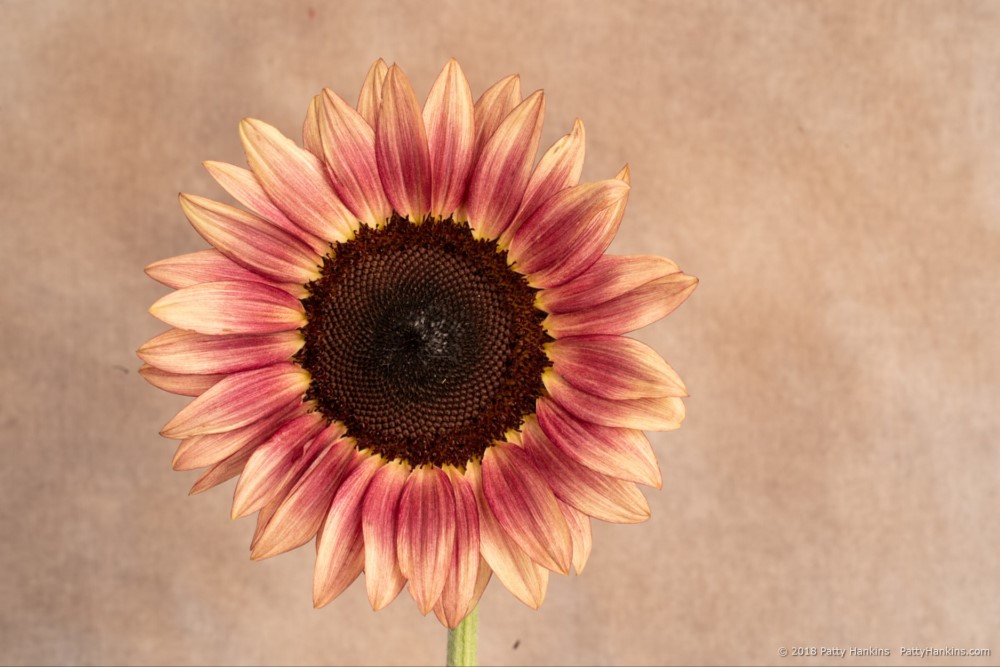
I knew I wanted my final image to be a square photograph. So here’s the photo after cropping and cleaning up a few spots of grunge.

Then I made my adjustments using the Basic Panel in the Develop Module. My adjusted settings were Highlights -100, Shadows +86, Whites +38, Blacks -48 and Clarity +14. I was adjusting the overall contrast of the scene and adding a little mid-tone contrast with the Clarity slider. I tend to use the Highlights/Shadows/Whites/Darks rather than either Exposure or Contrast since I have more control with the set of 4 sliders. Here’s my photo after my changes in the basic panel.
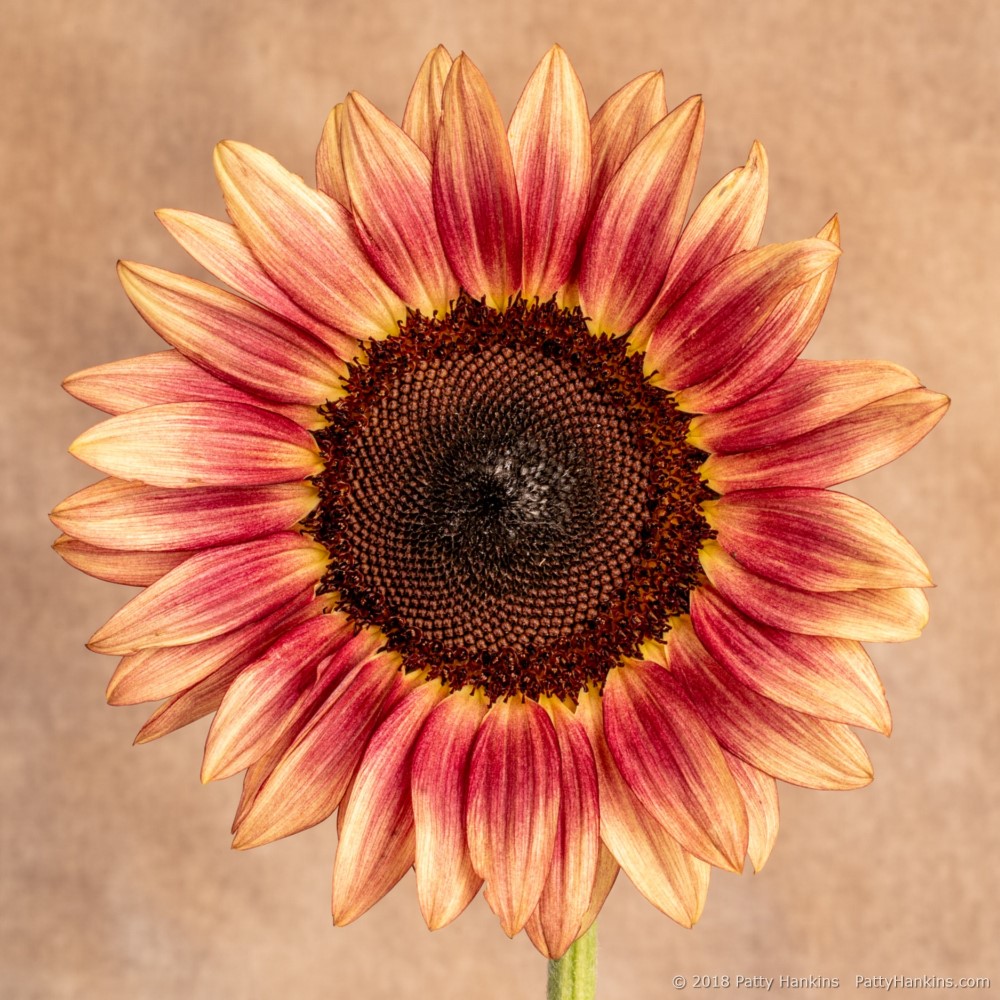
The next change I wanted to make was to darken the background. I applied a graduated filter to the entire image. I then used the Range Mask: Color to refine the mask so it just applied to the background. First I used the eyedropper to sample several areas of the background. I then adjusted the Range Mask amount to 0. Finally I used the brush to clean up a few areas of the mask. Here’s what my mask for the background looked like.
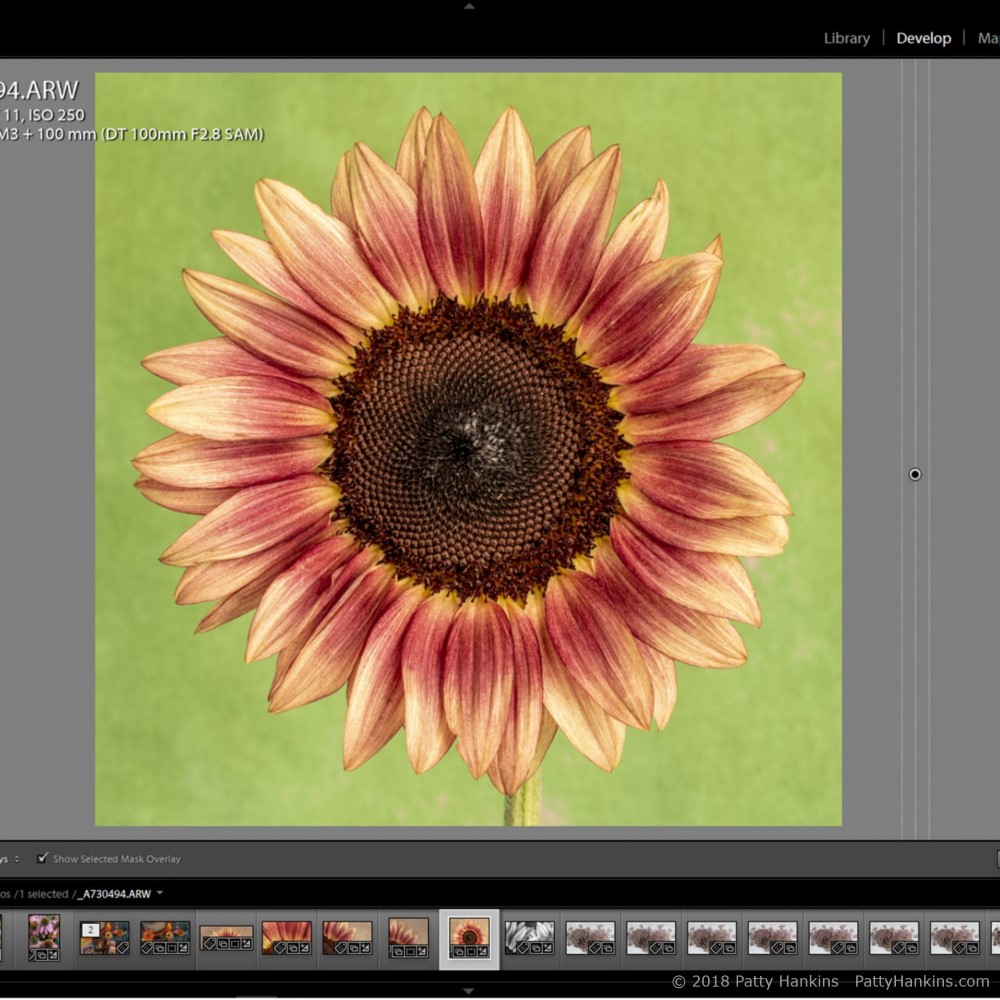
Once I had my mask created, I could make my adjustments to the background. I took the shadows to -100 and blacks to -15. Here’s the image looked like after the changes to the background.
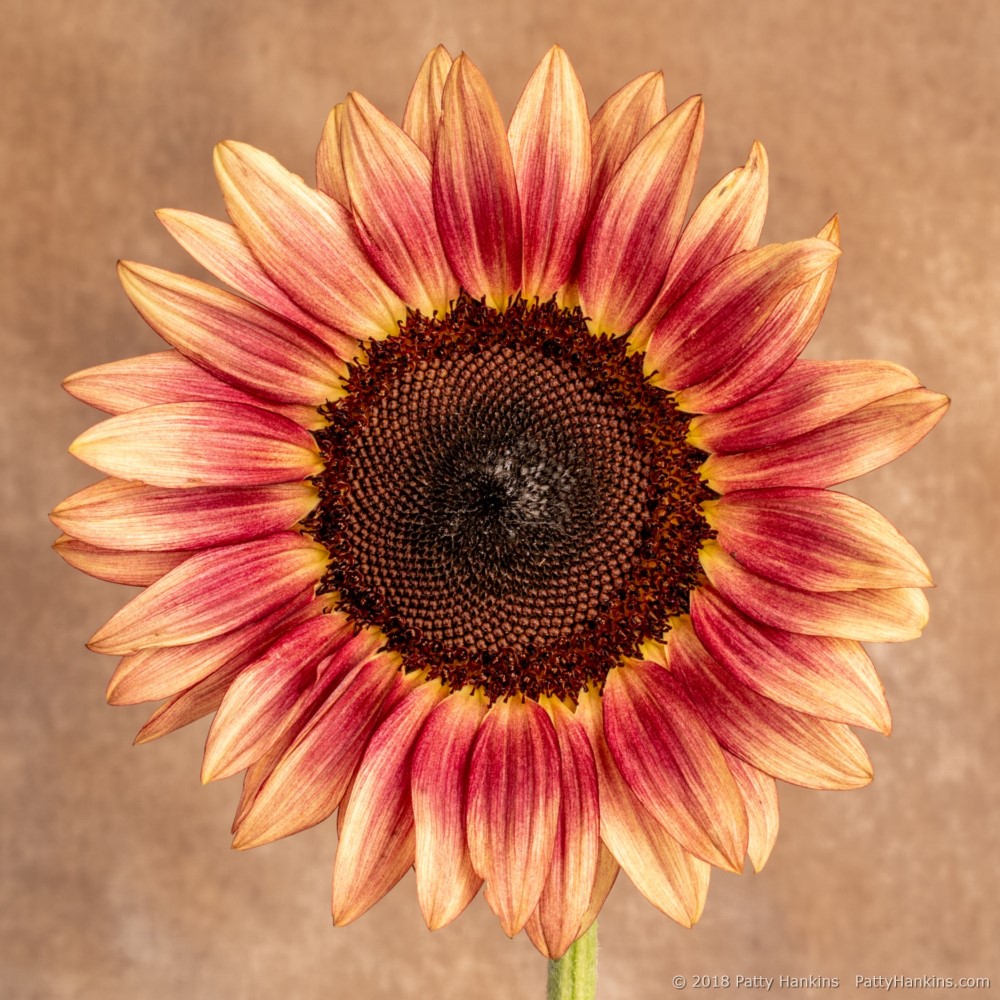
Now that I had the background where I wanted it, I started working on brightening and warming up the flower. I used the adjustment brush to create a mask Here’s what my mask for the sunflower looked like.
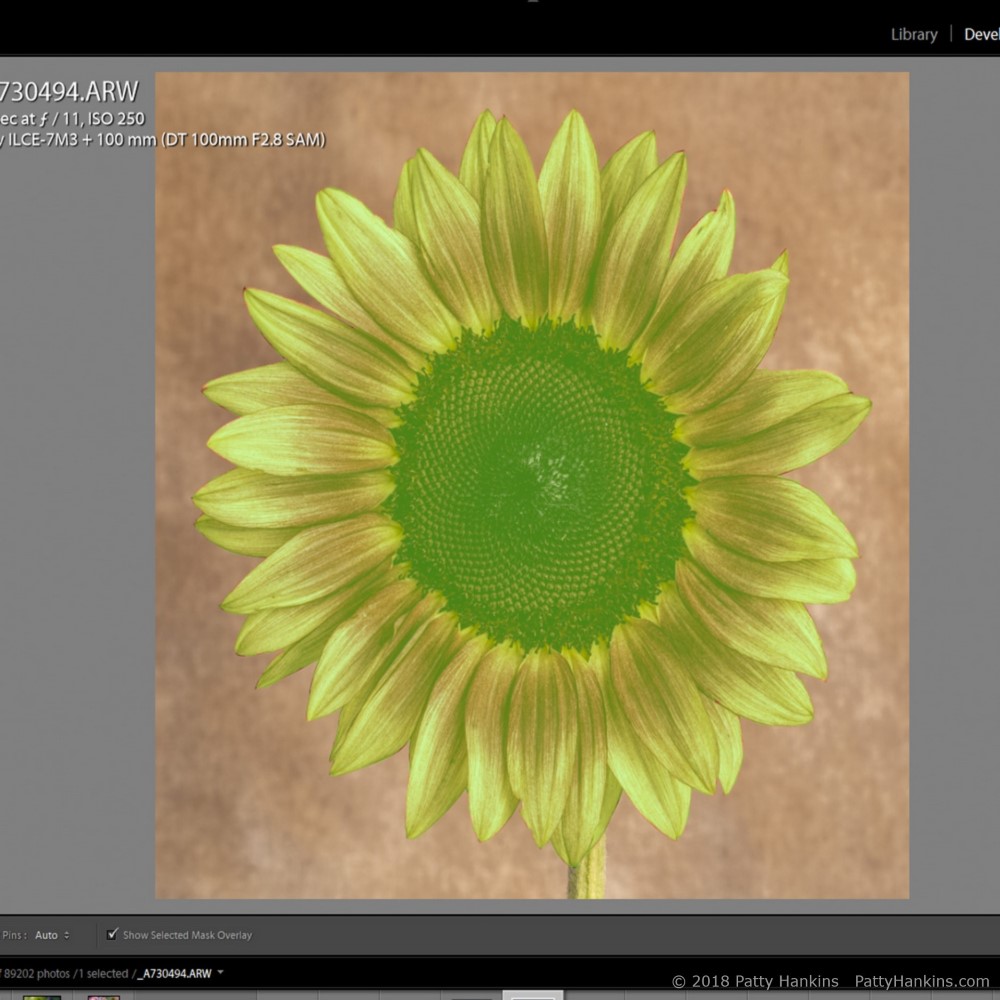
Once I had this second mask created, I could make my adjustments to the flower. I increased the temperature by 13, increased the highlights by 28 and the shadows by 26. Here’s what the image looked like after I made the changes to the sunflower.
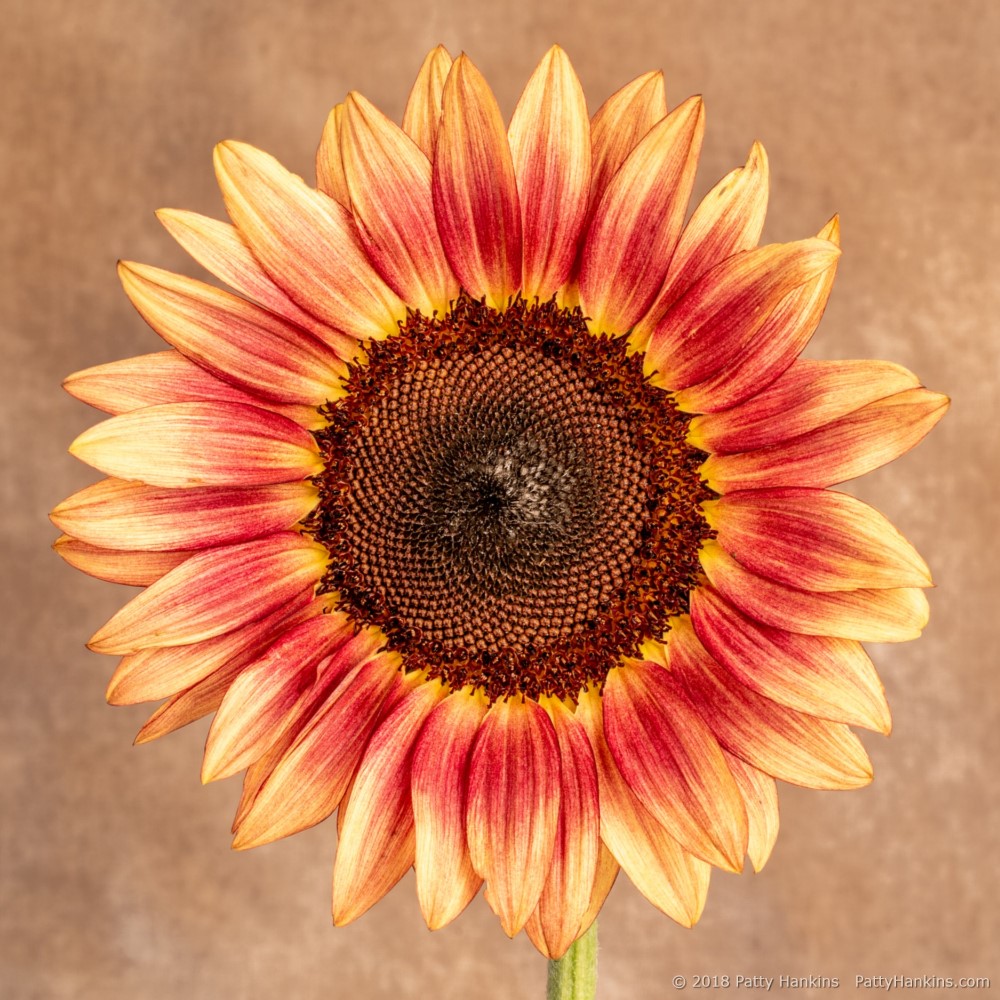
And then I made my final changes of sharpening the photo a bit and adding a vignette. Here’s the final image
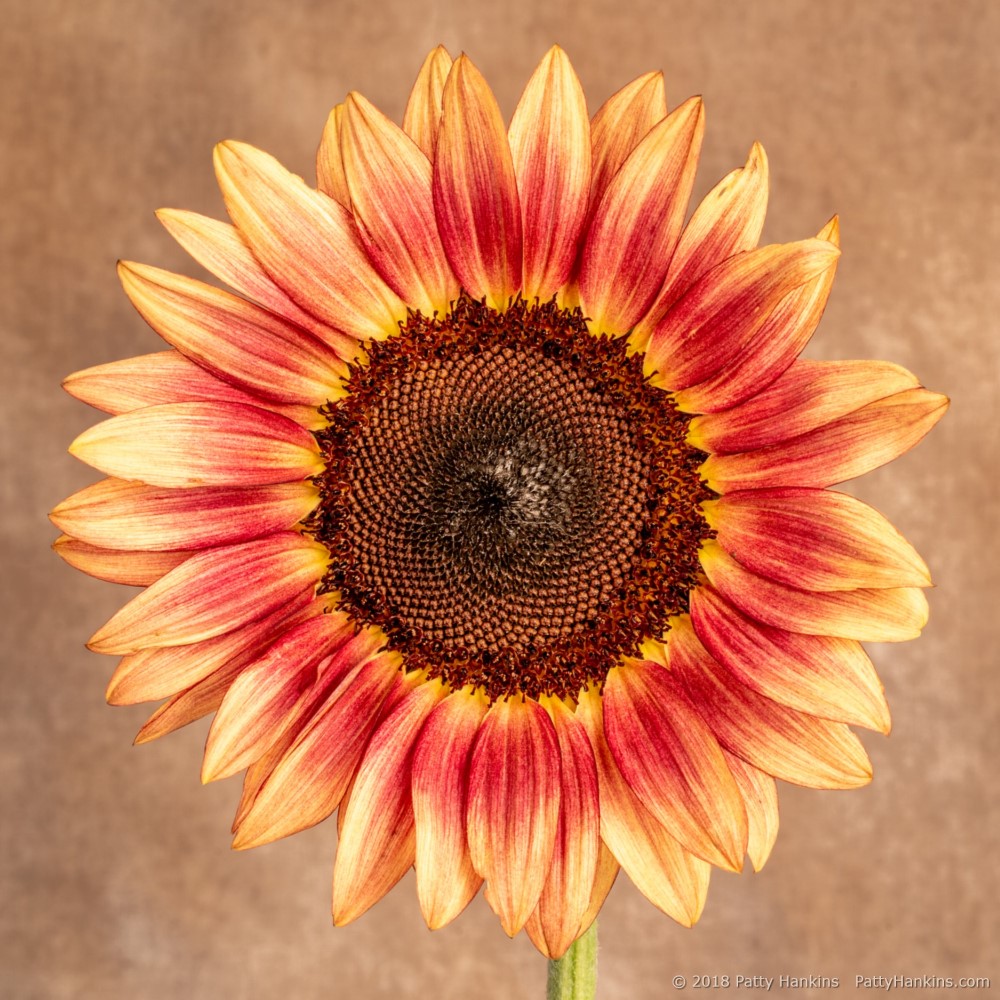
If I had been using both Photoshop and Lightroom to edit the photo, I would have switched over to Photoshop after making my changes in the Basic Panel. Adobe has improved the functionality of the local adjustment tools in Lightroom with the addition of range masks and the brush tool for the graduated and radial filters. While they still aren’t as powerful the layers and masking tools in Photoshop, you can make many types of local adjustments to your photos with them.
If you’d like to learn more about Lightroom and how I use it, I will be teaching my Introduction to Lightroom Workshop on August 17-18. We’ll be working with Lightroom’s Library and Develop Modules. By the end of the weekend you’ll know how to import, organize, and edit your photos, as well as export them for use on the web or in print, even if you’ve never used Lightroom before. The workshop is limited to 4 students, so I can make sure you get the individualized help you need. You can learn more about the workshop at https://beautifulflowerpictures.com/store/introduction-to-lightroom-workshop-august-2019/
If you have any questions about how I edited my plum sunflower photo, drop me a note and I’ll try to answer them in a future Post.
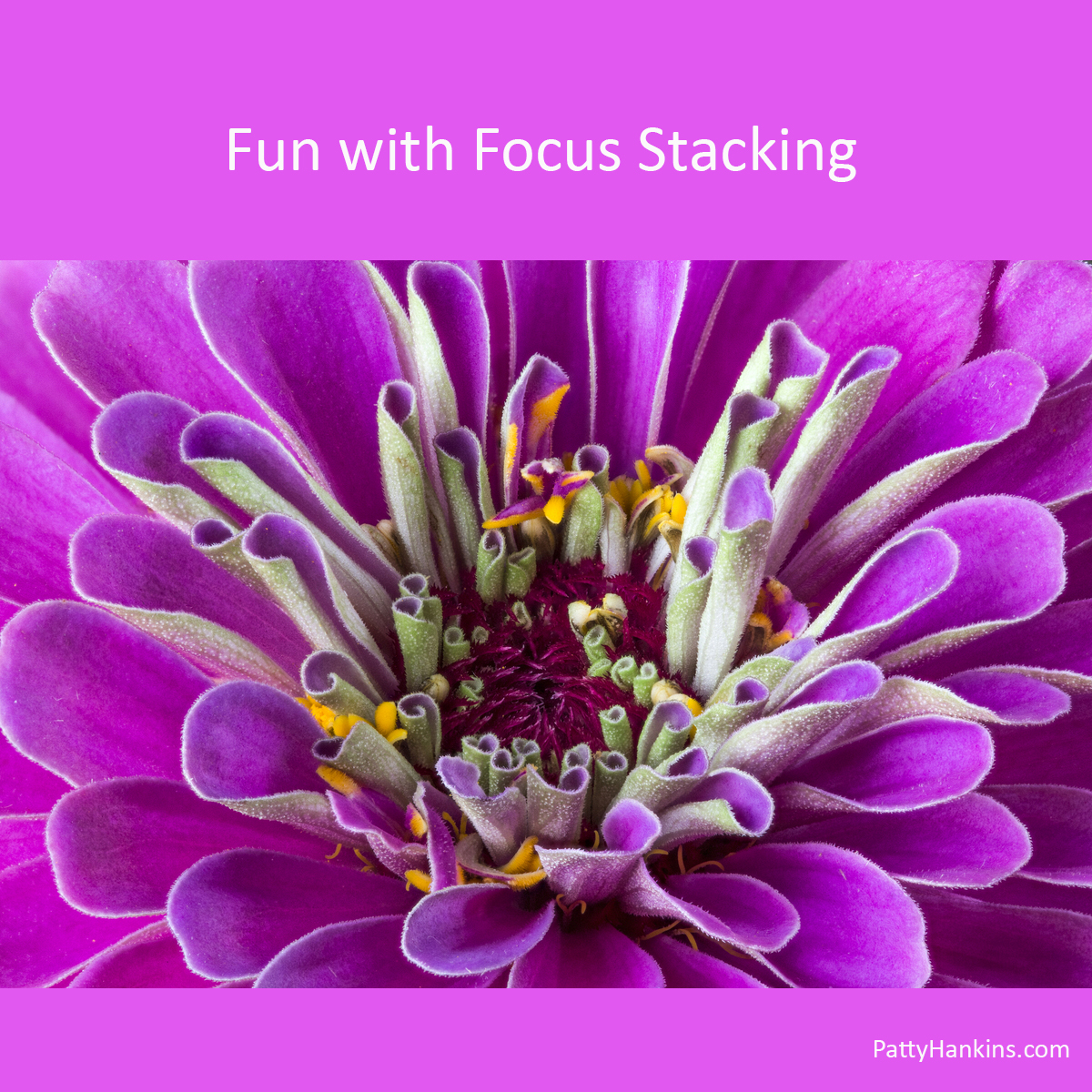
by hankinslawrenceimages | Jun 14, 2019 | Photo Tips, Software, Uncategorized
One of the questions I get asked fairly regularly is how do I get so much in focus (or so great a depth of field) in some of my flower photos that I take in my studio? People realize that since my camera is so close to my subject that it can be hard (if not impossible) to get everything the sharp focus.
The way I do it is to use a technique called focus stacking. Basically, I take multiple images of the same scene using a different focal point for each image, and then merge the images in software to create one image with a greater depth of field than I can get in a single capture. I used to use a program called Helicon Focus from Helicon Soft for focus stacking. These days I usually use Photoshop, with Helicon Focus as an alternate if I’m not happy with what I get in Photoshop.
Here are a few of my focus-stacked images with information on how many photographs I combined to create my final image
I combined 9 images to create this photograph of a purple poppy anemone.
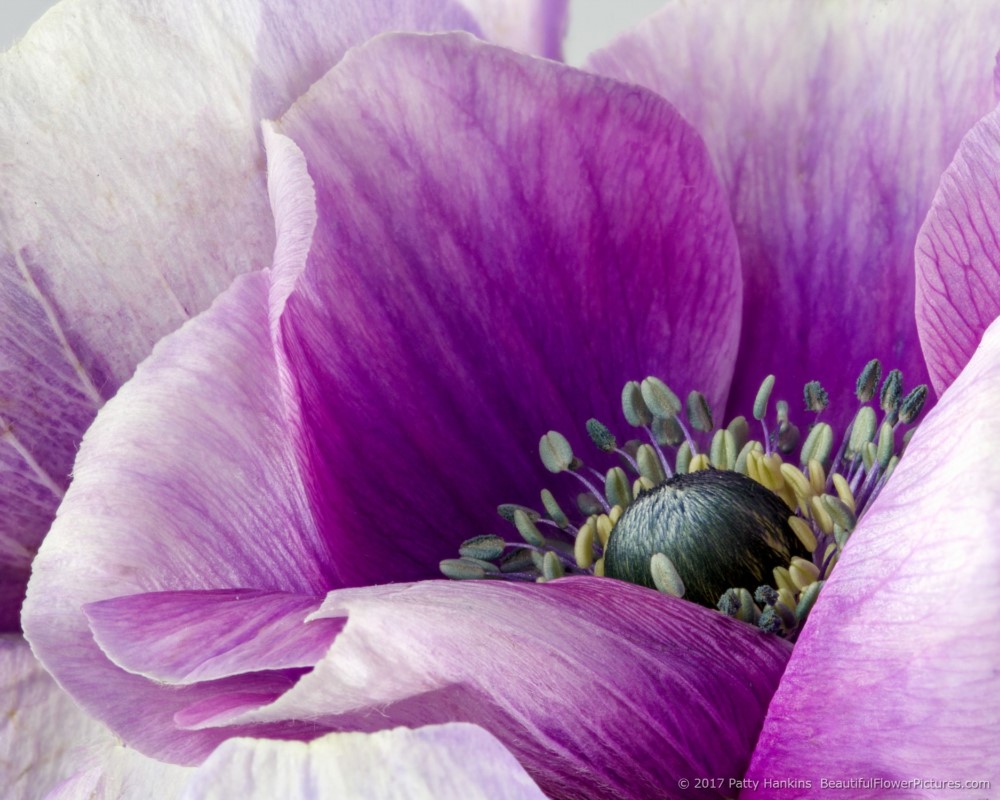
Purple Poppy Anemone © 2017 Patty Hankins
I combined 10 images to create this photograph of a pink and white tulip.
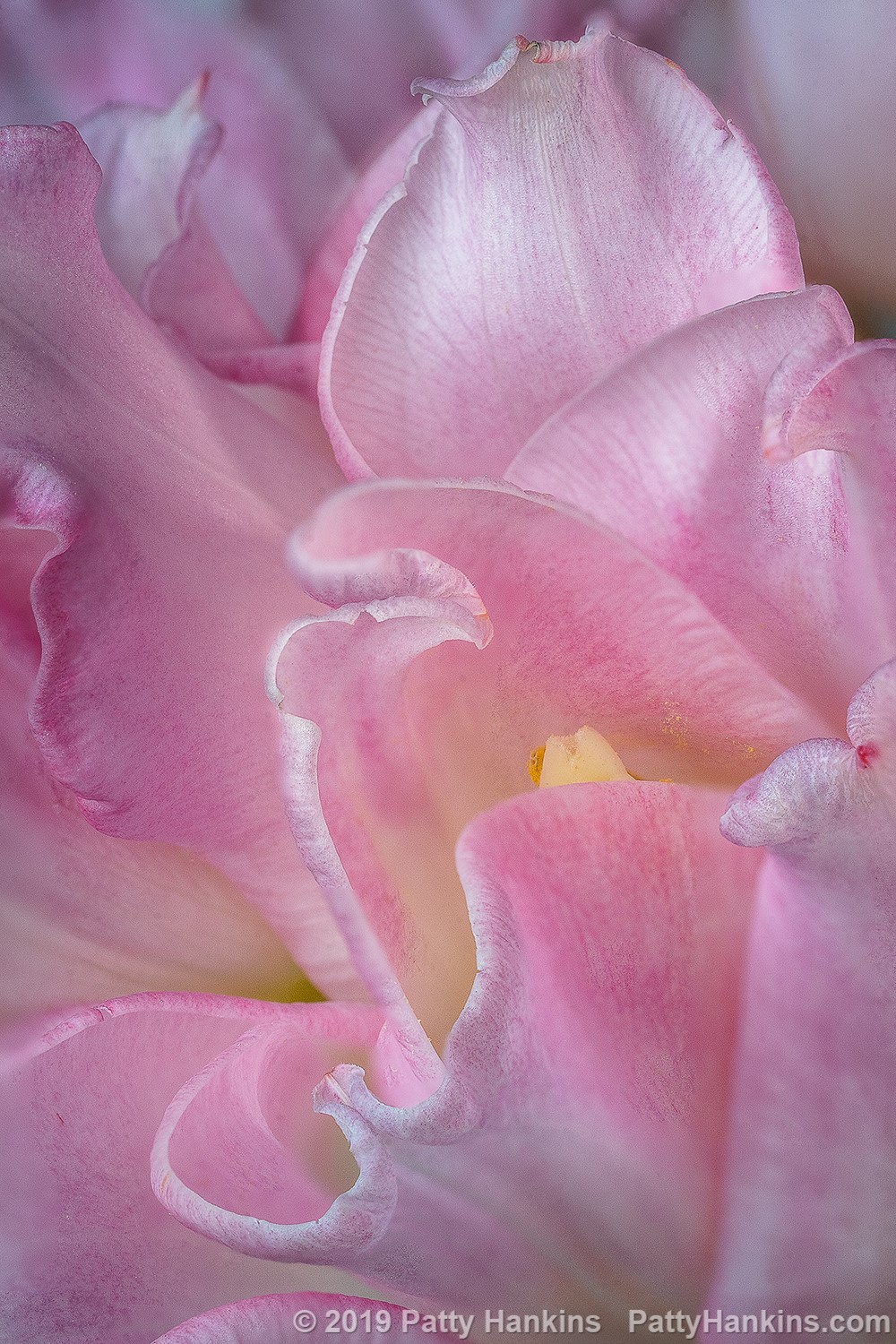
Pink & White Tulip Petals © 2019 Patty Hankins
I combined 10 images to create this photograph of a purple zinnia.

Purple Zinnia © 2017 Patty Hankins
I combined 11 images to create this photograph of a Peaches and Dreams dahlia.
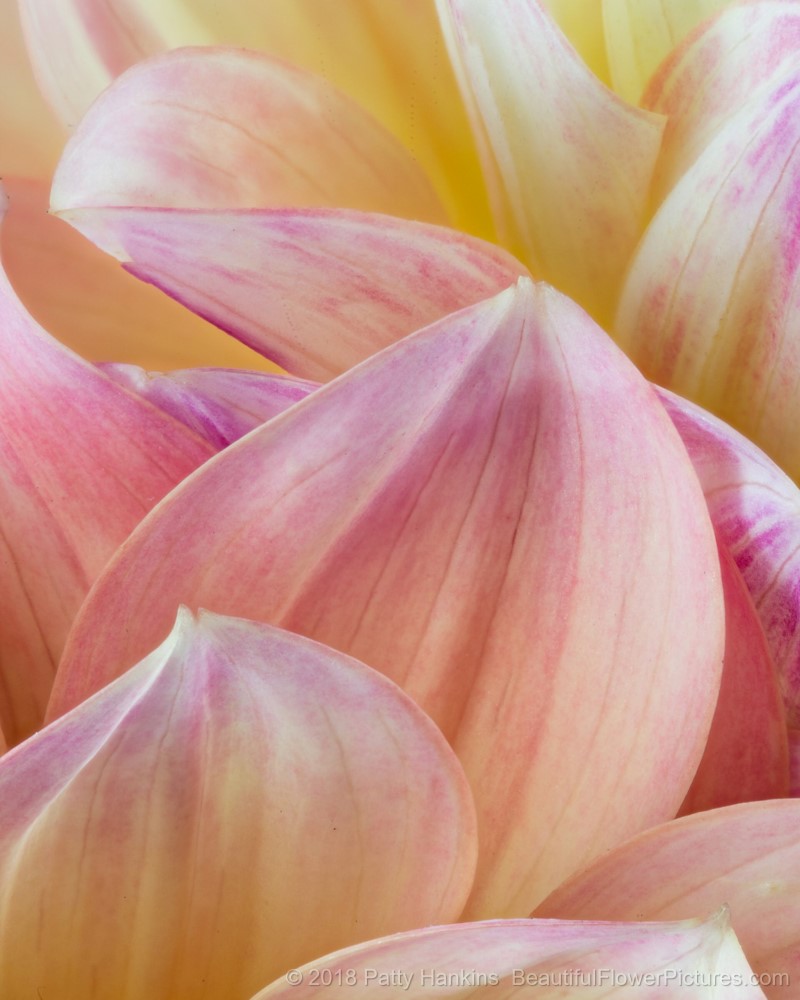
Petals of a Peaches & Dreams Dahlia © 2018 Patty Hankins
I combined 13 images to create this photograph of the Tulip Petal Wave
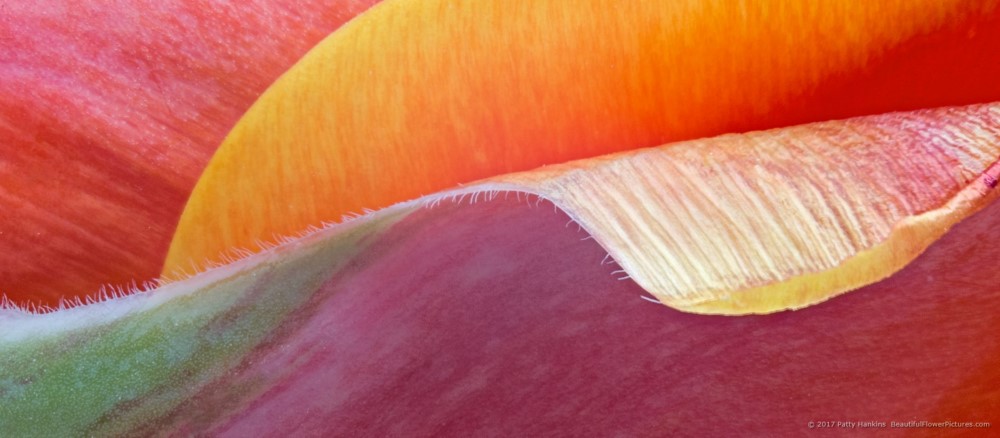
I combined 19 images to create this photograph of a Teddy Bear Gerbera Daisy
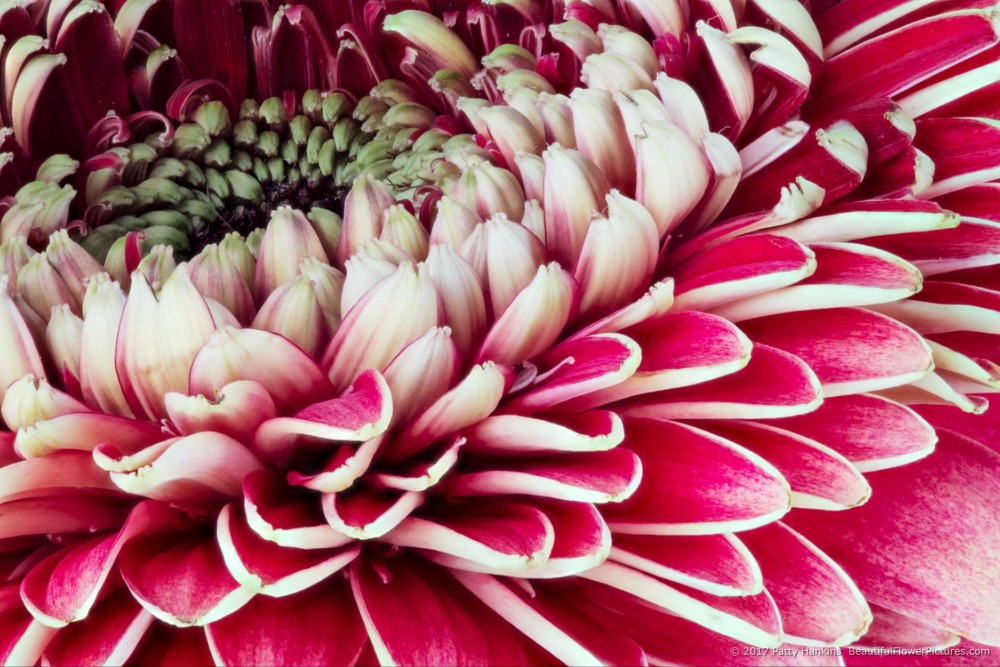
Teddy Bear Gerbera Daisy © 2017 Patty Hankins
And finally, I combined 25 images to create this photograph of Babe spray roses.
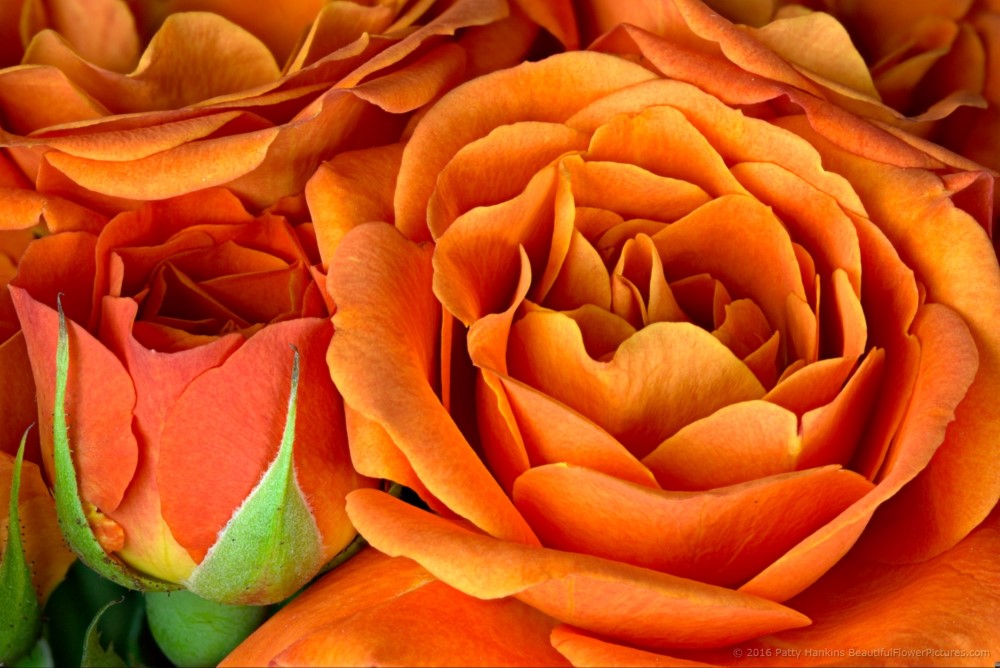
Babe Spray Roses © 2016 Patty Hankins
If you’d like to learn more about focus-stacking and how I take the different images that I then stack to create the final image, join me on July 27 for my Photographing Local Flowers in the Studio Workshop. We’ll spend some time talking about and working on focus stacking during the workshop. More information about the workshop including registration information is available at https://beautifulflowerpictures.com/store/local-flowers-workshop-july-2019/
If you’d like a sneak peek at how I create my focus-stacked images before the workshop, I’ve put some slides from a talk about focus stacking on my blog at http://www.beautifulflowerpictures.com/blog/focus-stacking-step-by-step-instructions/

by hankinslawrenceimages | May 31, 2019 | Uncategorized
As many of you know, my husband Bill Lawrence is also a photographer. He primarily works with figure models, often photographing with an 8X10 View Camera. His work is usually printed using historic photographic printing processes. BIll has his first solo show of his photography coming up in June. I wanted to share information about his show and to invite you to the opening reception if you are in the DC area.
Bill’s show Alternative Worlds: The Figure in Time will be on exhibit at Artists & Makers Studios I, 11810 Parklawn Drive, Rockville, Maryland from June 7 – 27. The opening reception will be on Friday June 7 from 6 – 9 PM. Bill will also be giving an artist’s talk on Saturday June 15 at 11 AM at Artists & Makers. We’d love to see you if you are in the area.

Bill Lawrence looks at the human form through the lens of photographic processes over time, incorporating historic and modern approaches together to provide a view of the figure from modern and vintage perspectives. In Alternative Worlds: The Figure in Time, he uses “alternative” photographic approaches and historic inspirations to give a timeless feel to his figurative work of the female nude. Lawrence uses mid-nineteenth century process of wet-plate collodion tintypes to provide a unique look at the figure, from a modern approach to 1920’s nudes inspired by Alfred Cheney Johnston’s photos of the Ziegfeld Follies dancers to the nudes inspired by Edgar Allan Poe and the late 19th century Victorian-era graveyard statuary. Kallitype prints done in a “rustic” fashion complement a series of nudes in natural settings, adding a vintage feel to the project reminiscent of the Pictorialists of the turn of the 20th century.
Alternative Worlds includes three distinct but related projects, including:

Dreams in Silver: The Body in Time is a set of nudes on tintype inspired by Alfred Cheney Johnston’s 1920’s nudes of the Ziegfeld Follies dancers. The series reflects the combination of old and new; Lawrence uses an 1850’s process for a 1920’s style of photography with modern lighting and 21st century women as subjects. He strived to create an atmosphere to the work that is abstracted from any point in time, hopefully giving a timeless feel to the work, at times edging into the whimsical realm.

The Weeping Angels is a figure work project on tintype inspired by graveyard statuary, most notably the incredible serene visage of the Clover Adams Memorial (a.k.a. “Grief”) in Rock Creek Park Cemetery. Through this work Lawrence conveys a sense of the grace of the human spirit, living life in the face of knowing that grief and loss come to us all; we still see beauty while the angels weep.
Figures in the Forest is a series of figurative nudes in natural settings emphasizing the interaction between the human form and nature. Through his approach to the photography and the use of palladium-toned kallitypes printed in a “rustic” fashion, Lawrence creates a romantic atmosphere inspired by the early Pictorialist photographers.
For those of you who don’t know Bill – here’s a little bit of info about him
William “Bill” Lawrence is a photographer who had a chance encounter with studio lighting through which he found a passion for photographing the human form that is the current focus of his art. He photographs using digital cameras or using large format cameras with wet-plate collodion and instant film, depending on the mood he is trying to create. With his interest in alternative and historic photographic processes, Bill can frequently be found in his dark room preparing wet-plates or preparing paper for contact printing kallitypes. His goal is to use a combination of modern and vintage photographic processes to provide an experience that emphasizes the contemplative possibilities of photography.
Most of Bill’s formal education around photography was early in life and centered on technical aspects. Around the turn of the millennium, he started to see the artistic possibilities of photography, and through self-study and through working with other artists, he developed his vision for his work. Artists that inspire Bill range from Oscar Rejlander to Mark Sink. Bill’s current work can be seen on his Instagram blog at @Lawrencesview. He lives in Bethesda, MD, where his wife and four cats are becoming increasingly concerned by the expanding collection of photographic chemicals in their spare bathroom.






































